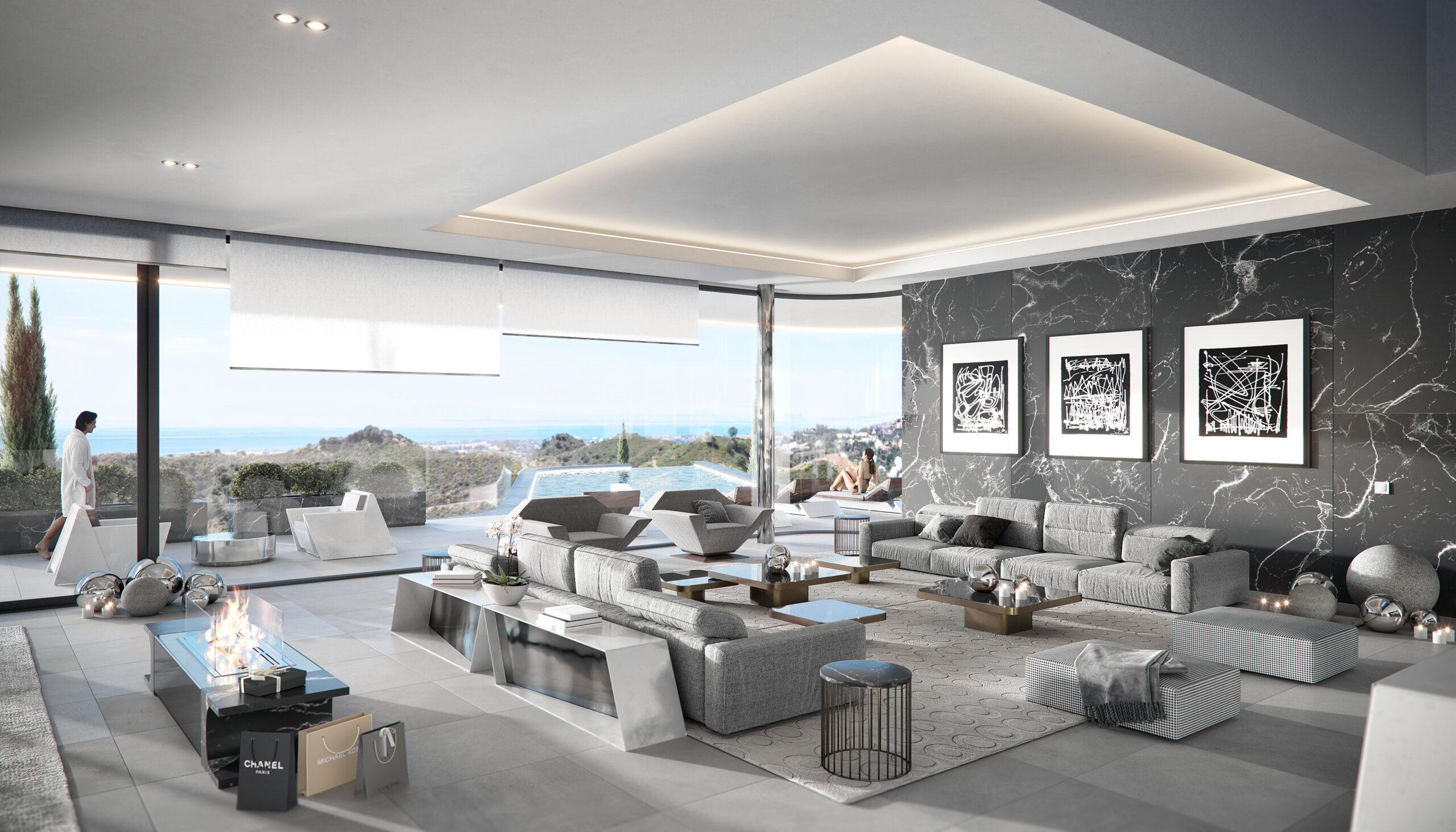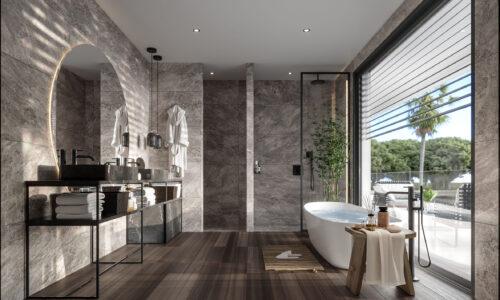
Exploring the Impact of Architectural Visualization
- Yissel Álvarez
- June 29, 2023
- 3D Design
- 0 Comments
Architectural visualization is a rapidly growing field that combines technology, design, and art. It has revolutionized the way architects, designers, and builders communicate their ideas and concepts with clients and stakeholders. In this article, we will explore the significance of architectural visualization as an art form and its role in the design process.
The Evolution of Architectural Visualization
In the past, architects relied on two-dimensional drawings and models to communicate their designs. However, these traditional methods often fell short in conveying the true essence of a design. With the advent of 3D modeling software, architectural visualization has become an integral part of the design process. It allows designers to create realistic representations of their designs, complete with textures, lighting, and lifelike imagery.
At its core, architectural visualization is a form of visual communication. Its goal is to help clients and stakeholders understand the design and its potential impact on the environment and community. By creating digital models and adding realistic elements, visualizers enable others to visualize the design in a comprehensive and engaging manner.
Architectural visualization demands significant technical skills. Visualizers need a thorough understanding of 3D modeling software, materials, lighting, and rendering techniques. They use these tools to create accurate representations of designs, employing different materials to simulate surfaces and employing lighting to set the desired mood and atmosphere.
The Artistic Creativity
Technical skill alone is not enough to create effective architectural visualizations. Visualizers must possess a strong sense of design and artistic creativity. They interpret the architect’s vision and translate it into a visual language that is easily understood by others. Creative choices, such as colours, materials, and textures, complement the overall design and contribute to the image’s atmosphere and emotion.
One of the most important aspects of architectural visualization as an art form is its ability to communicate complex ideas in a clear and understandable way. Visualizations help architects explain their vision, convey technical details, and gain support for their ideas. In cases where designs are complex or innovative, traditional two-dimensional drawings may not be sufficient to fully convey the design’s intricacies.
Architectural visualization serves as a source of inspiration. Well-crafted images encourage people to consider the possibilities of design and architecture, shaping our world and improving our lives. Visualizers contribute to the larger discourse around architecture and design by creating images that inspire and motivate viewers.
Marketing and Advertising
High-quality visualizations play a vital role in marketing and advertising. They generate interest and excitement for developments or buildings before construction even begins. Visualizations can be used in marketing materials, websites, and social media posts, capturing the imagination of potential buyers or investors and helping secure funding for projects.
Architectural visualization facilitates design critique and collaboration. Designers can use visualizations to communicate their ideas to other team members, ensuring a clear understanding of the design and effective teamwork. Visualizations also aid in identifying potential problems or issues with the design, allowing for modifications before construction commences.
A well-crafted architectural visualization has the power to evoke emotion and create a sense of atmosphere. Viewers can be transported to a different time and place, experiencing nostalgia or wonder. Visualizers consider the history and context of locations, preserving and promoting cultural heritage through their visualizations.
The Role of the Artist
As technology advances, architectural visualization becomes more sophisticated. However, the role of the artist remains crucial. While technology can create realistic images, it is the visualizer’s artistic skill and creative vision that bring the design to life. The visualizer makes choices about composition, lighting, and atmosphere, ensuring the visualization is both realistic and compelling.
Architectural visualization is an indispensable part of the design process, combining technology, design, and art to create realistic and compelling visualizations. Its role as an art form is evident in its ability to inspire, communicate complex ideas, and advocate for social and environmental causes. It serves as a tool for design critique, collaboration, marketing, and advertising. As technology continues to advance, the field of architectural visualization will evolve, but its essential role in design and as an art form will remain constant.
If you need assistance with your architectural project and require visualization services, please feel free to contact us for further information.



